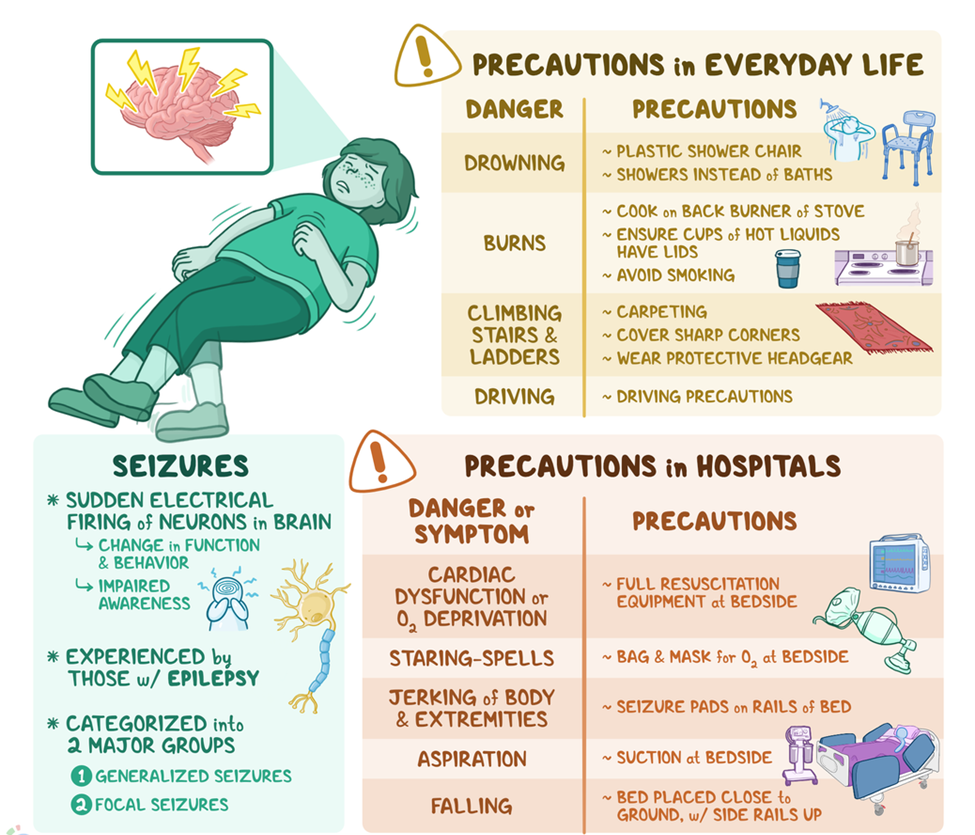As a nurse prepares an older adult client for bed on the first night of her hospital stay, the client says, "I am afraid that I may fall getting to the bathroom during the night. I tend to get a bit disoriented in new surroundings." Which of the following actions should the nurse take?
Offer to request a prescription for an indwelling urinary catheter.
Keep a night light on in the client's room.
Put the side rails up and tell the client to call for assistance to the bathroom.
Limit the client's fluid intake in the evening.
The Correct Answer is B
A. Offer to request a prescription for an indwelling urinary catheter.
Indwelling urinary catheters come with their own set of risks and complications. It is generally not recommended to use them solely for the purpose of preventing falls unless there are other medical indications for their use. Catheters increase the risk of infection and other complications, and their use should be based on clear medical necessity.
B. Keep a night light on in the client's room.
This option directly addresses the client's concern about falling during the night. Providing a night light in the room helps to alleviate disorientation, making it safer for the client to navigate to the bathroom. It is a practical and non-invasive intervention.
C. Put the side rails up and tell the client to call for assistance to the bathroom.
While using side rails can be a fall prevention measure, it's important to consider that they are not without risks. Side rails can lead to entrapment or injury if not used appropriately. In addition, telling the client to call for assistance is good advice, but relying solely on this instruction may not address the immediate concern of disorientation in new surroundings.
D. Limit the client's fluid intake in the evening.
While limiting fluid intake in the evening might reduce the frequency of bathroom trips, it is not the most appropriate response to the client's concern. Dehydration can lead to other health issues and should not be used as the primary strategy for fall prevention.
Nursing Test Bank
Naxlex Comprehensive Predictor Exams
Related Questions
Correct Answer is B
Explanation
A. Position the client on her side:
While placing the client on her side is important, especially if there is a risk of aspiration during the seizure, maintaining the airway takes precedence as the priority action.
B. Maintain the patency of the client's airway:
This is the correct answer. Ensuring the airway is open and unobstructed is the immediate priority during a seizure. This involves positioning the client to prevent airway compromise and potentially using suction if necessary.
C. Identify the poison the client ingested:
While identifying the poison is important for subsequent management, it is not the immediate priority during an active seizure. The focus is on stabilizing and ensuring the client's safety.
D. Measure the client's blood pressure:
Monitoring vital signs, including blood pressure, is an essential aspect of care, but it is not the immediate priority during an active seizure. Airway management takes precedence to prevent complications such as hypoxia.

Correct Answer is D
Explanation
A. Inject the medication deep into the thigh muscle.
This statement is incorrect for subcutaneous heparin administration. Heparin is typically administered subcutaneously in the fatty tissue just under the skin, not into the muscle. Intramuscular injection is not appropriate for heparin.
B. Easy bruising indicates the medication is effective.
This statement is inaccurate. Easy bruising is not an indicator of the effectiveness of heparin. In fact, excessive bruising can be a side effect of anticoagulant therapy, indicating a potential issue with bleeding or clotting.
C. Expect stools to become black and tarry.
This statement is more relevant to medications like iron supplements or upper gastrointestinal bleeding. It is not a common side effect of subcutaneous heparin.
D. Use a soft bristle toothbrush.
This statement is correct. It is important for individuals on anticoagulant therapy, such as heparin, to use a soft bristle toothbrush to minimize the risk of bleeding and gum irritation. Hard bristle toothbrushes can cause gum bleeding, especially in individuals with a tendency for bleeding due to anticoagulant use.
Whether you are a student looking to ace your exams or a practicing nurse seeking to enhance your expertise , our nursing education contents will empower you with the confidence and competence to make a difference in the lives of patients and become a respected leader in the healthcare field.
Visit Naxlex, invest in your future and unlock endless possibilities with our unparalleled nursing education contents today
Report Wrong Answer on the Current Question
Do you disagree with the answer? If yes, what is your expected answer? Explain.
Kindly be descriptive with the issue you are facing.
